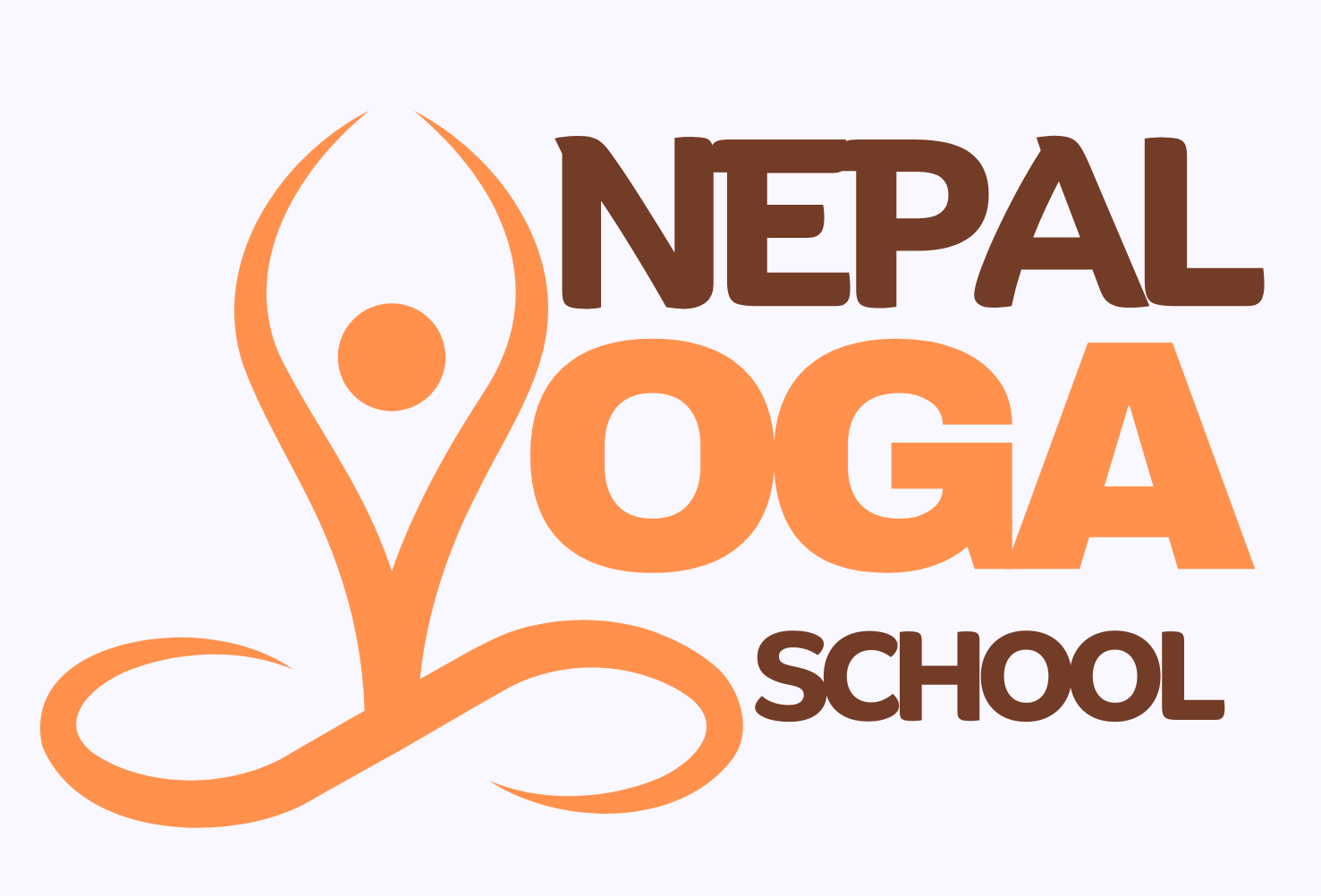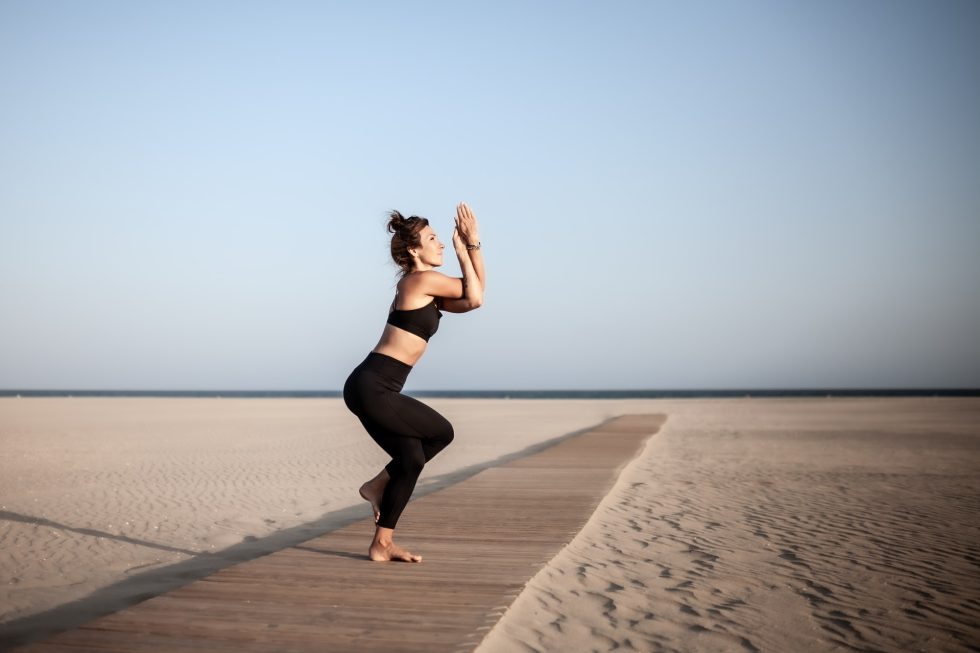Introduction
A practice of Yoga for restoring can help you unwind and recover from daily stress. This gentle form of yoga uses props and long holds to soothe the body and calm the mind. You do not need to be flexible or strong to try this Yoga. You only need a quiet space, some blankets or bolsters, and a willingness to slow down. In this post, you will learn what Restorative Yoga is, where it came from, and why it can be a powerful tool for healing. You will also discover key principles, benefits, props you may use, common poses, and tips to make your practice safe and effective.
What is Restorative Yoga?
Restorative Yoga is a style of yoga focused on relaxation. It uses props such as bolsters, blankets, blocks, and straps to fully support the body. In this Yoga, poses are held for several minutes. This gives the muscles and nervous system time to release tension. Breath work is gentle and natural. The aim is to activate the parasympathetic system, sometimes called the “rest and digest” response. This state helps slow the heart rate, lower blood pressure, and reduce stress. Restorative Yoga is different from active styles because it asks you to do less. It offers a safe space to rest deeply.
History and Origins of Restorative Yoga
Restorative Yoga was developed in the 1970s by Judith Lasater. She studied under B.K.S. Iyengar, who used props to help students with injuries. Lasater saw that students needed time to recover after a strong Iyengar class. She began teaching slow, supported poses. Over time, Restorative Yoga grew in popularity as a healing practice. It became a way to balance more intense workouts and busy lives. Today, teachers around the world offer Restorative Yoga for people of all ages and abilities.
Key Principles of Restorative Yoga
The heart of Restorative Yoga lies in three simple principles:
-
Support: Use props to take effort out of the pose.
-
Stillness: Stay in each pose for a long time, often five minutes or more.
-
Comfort: Find a position where you can breathe easily and relax fully.
By combining support, stillness, and comfort, Restorative Yoga creates an environment for deep rest. You learn to listen to your body. You learn to let go of tension without force. This approach can be a balm for a busy mind and tight muscles.
Benefits of Restorative Yoga
Practicing Restorative Yoga can offer many benefits for body and mind:
-
Stress relief: Long holds help lower cortisol and ease anxiety.
-
Improved sleep: Deep relaxation before bed can lead to better rest.
-
Muscle recovery: Gentle stretching and rest help heal sore muscles.
-
Lowered heart rate: Calm poses slow the pulse and promote relaxation.
-
Enhanced digestion: Supported twists and gentle inversions aid digestion.
-
Emotional balance: Quiet time in poses can reduce overthinking.
-
Pain management: Restorative poses can ease chronic pain and stiffness.
Many people find that even a short Restorative Yoga session can shift their mood and energy. Over weeks of practice, the body learns to settle into a state of ease more quickly.
Props and Equipment for Restorative Yoga
To practice Restorative Yoga, you may need:
-
Bolsters: Firm cushions to support the spine, hips, or legs.
-
Blankets: Folded under joints or as padding for comfort.
-
Blocks: To lift the floor closer to you in seated or reclining poses.
-
Straps: To hold legs or arms in place without effort.
-
Eye pillows: To gently cover the eyes and deepen relaxation.
-
Sandbags or small weights: To anchor limbs and provide grounding.
You do not need every prop at once. Many poses work with just a bolster and a blanket. Over time, you can build a small collection that feels right for your body and your space.
Common Restorative Yoga Poses
Below are some Restorative Yoga poses you can try at home. Hold each for three to five minutes, or longer if you wish.
-
Supported Child’s Pose (Balasana):
Place a bolster or folded blankets under your torso. Let your arms rest by your sides or overhead. -
Reclining Bound Angle Pose (Supta Baddha Konasana):
Sit with the soles of your feet together. Recline onto a bolster or folded blankets under your spine. -
Legs-Up-The-Wall Pose (Viparita Karani):
Scoot close to a wall and swing your legs up. Rest your hips on a bolster if needed. -
Supported Bridge Pose (Setu Bandha Sarvangasana):
Lie on your back. Place a block or bolster under your sacrum for gentle lift. -
Supported Savasana (Corpse Pose):
Lie flat with a bolster under your knees and an eye pillow on your face.
Each of these poses uses support to remove effort. They let you rest fully while still receiving a gentle stretch.
How to Practice Restorative Yoga Safely
To keep your Restorative Yoga practice safe and healing, follow these guidelines:
-
Move slowly: Ease into each pose with awareness.
-
Adjust props: Make sure no part of your body feels pinched or strained.
-
Breathe gently: Follow a soft, natural breath pattern.
-
Listen to your body: Back off if you feel sharp pain or discomfort.
-
Stay warm: Use blankets to cover yourself if you get cold.
-
Consult a professional: If you have a medical condition, check with your doctor before starting.
By taking these precautions, you can enjoy the full benefits of Restorative Yoga without risk.
Tips for Beginners in Restorative Yoga
If you are new to Restorative Yoga, here are some tips to help you begin:
-
Start small: Try one or two poses for three minutes each.
-
Set a timer: So you can relax without watching the clock.
-
Create a calm space: Dim the lights and play soft music or silence.
-
Use what you have: Pillows and couch cushions can substitute for yoga props.
-
Stay consistent: Aim for two to three sessions per week.
-
Journal your experience: Note how you feel before and after each practice.
With patience and kindness, you will grow more comfortable with the long holds and deep rest.
Integrating Restorative Yoga into Your Routine
By weaving Restorative Yoga into your day, you can counterbalance stress and activity. Try adding a short session:
-
Morning reset: One pose to start the day with calm.
-
Midday break: A five‑minute rest to recharge your focus.
-
Evening wind‑down: Two to three poses before bed for better sleep.
You can also combine Restorative Yoga with other practices. Follow a vigorous flow with a restorative hold at the end. Or use it after a hard workout to speed recovery. The key is to honor what your body needs in each moment.
Conclusion
In conclusion, Restorative Yoga is a simple yet powerful way to invite deep rest into your life. It asks you to pause, support your body, and breathe. Over time, you may find that stress melts away more easily. You may sleep more soundly and move with less tension. Restorative Yoga can be a cornerstone of self‑care. Give yourself permission to rest, and let the healing begin.

